Krabi holidays
;img.crop(width:1080%2Cheight:608))
;img.crop(width:1080%2Cheight:608))
;img.crop(width:1080%2Cheight:608))
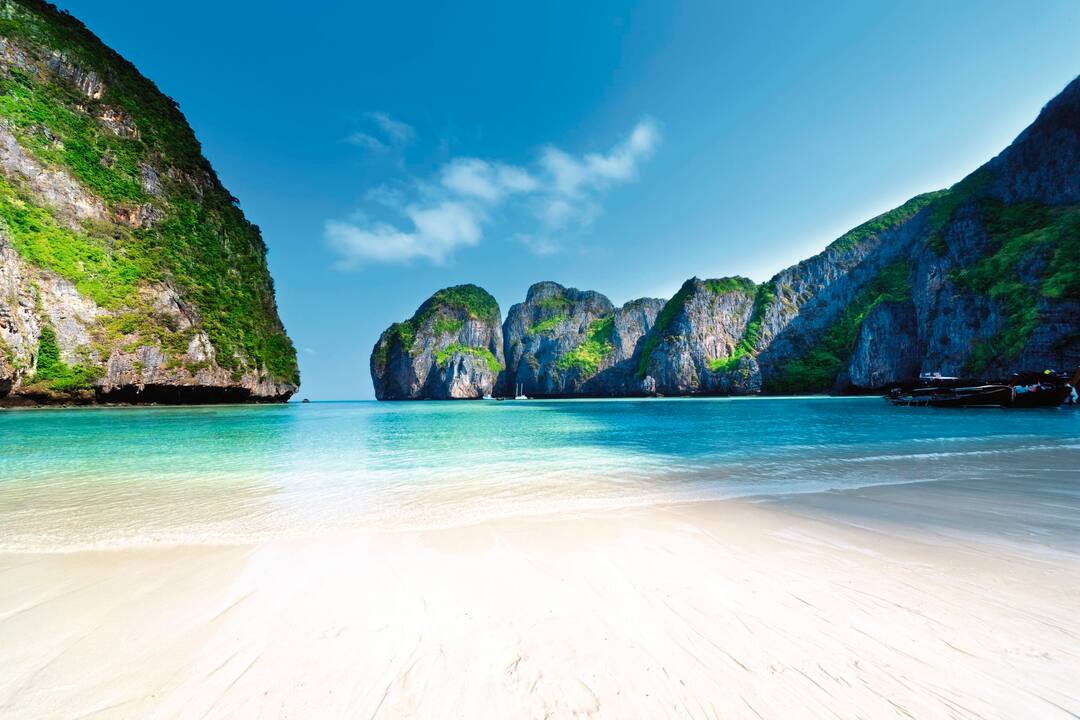;img.crop(width:1080%2Cheight:608))
;img.crop(width:1080%2Cheight:608))
;img.crop(width:1080%2Cheight:608))
;img.crop(width:1080%2Cheight:608)&fit=thumb&w=782&h=394&q=70&fm=jpg)
Thanks to the fang-shaped limestone cliffs that line the shore and the deserted islands that lily-pad their way through the sea, holidays to Krabi will always stick in your mind.
150-kilometre coastline
Krabi’s distinctive limestone cliffs line the region’s 150-kilometre coastline, biting out of the sea like incisor teeth. The rocks play a central part in Krabi’s tourism industry, too. Sunbathers come from all over the world to bask on the blonde beaches beneath them and climbers come to scale them.
Koh Phi Phi
Visitors are also lured by the endless opportunities to go AWOL for a time. The Ko Phi Phi National Marine Park, just off the Krabi mainland, is dotted with semi-deserted and uninhabited islands, and boat trips run to them regularly from the mainland. The national parks in Krabi’s interior also let you fall off the radar. These nature reserves are contoured with rock pools, waterfalls, thermal springs and caves.
Ao Nang
Of course, you don’t have to hideaway in Krabi. If you head to Ao Nang, you’ll find a small but perfectly formed beach resort with a collection of restaurants and bars that bat above its size. But, despite being one of Krabi’s best-known resorts, it’s not bowed to all the trappings of tourism. The 2-kilometre beach is still largely sunlounger free, and traditional Thai long tail boats, shaped like bananas, bob in the waters close to the shore.
Popular hotels in Krabi
Top things to see and do in Krabi
Beaches
Shopping
Nightlife
Food & drink
Average Weather in Krabi
Top Hotels in Krabi
Facts about Krabi
FAQs
Where can I find the latest travel advice?
All your questions about entry requirements, visas, passports or health information are answered on our Travel Advice page.
Ready to start searching for your trip to Krabi?
Take a look at our best deals, add handy holiday extras, or keep looking for travel inspiration.
All hotels - Krabi
- Aonang Buri Resort
- Aonang Villa Resort
- Apasari Krabi Hotel
- BlueSotel SMART Krabi Aonang Beach - Adults Only
- Bluesotel Krabi Aonang Beach
- Cha Da Thai Village Resort
- Dusit Thani Krabi Beach Resort
- Holiday Ao Nang Beach
- Holiday Style Ao Nang Beach Resort Krabi
- Ibis Styles Krabi Ao Nang
- Krabi La Playa Resort
- Panan Krabi Resort
- Peace Laguna Resort and Spa
- Sofitel Krabi Phokeethra Golf & Spa Resort
- The Shellsea Krabi

;img.crop(width:1080%2Cheight:608))
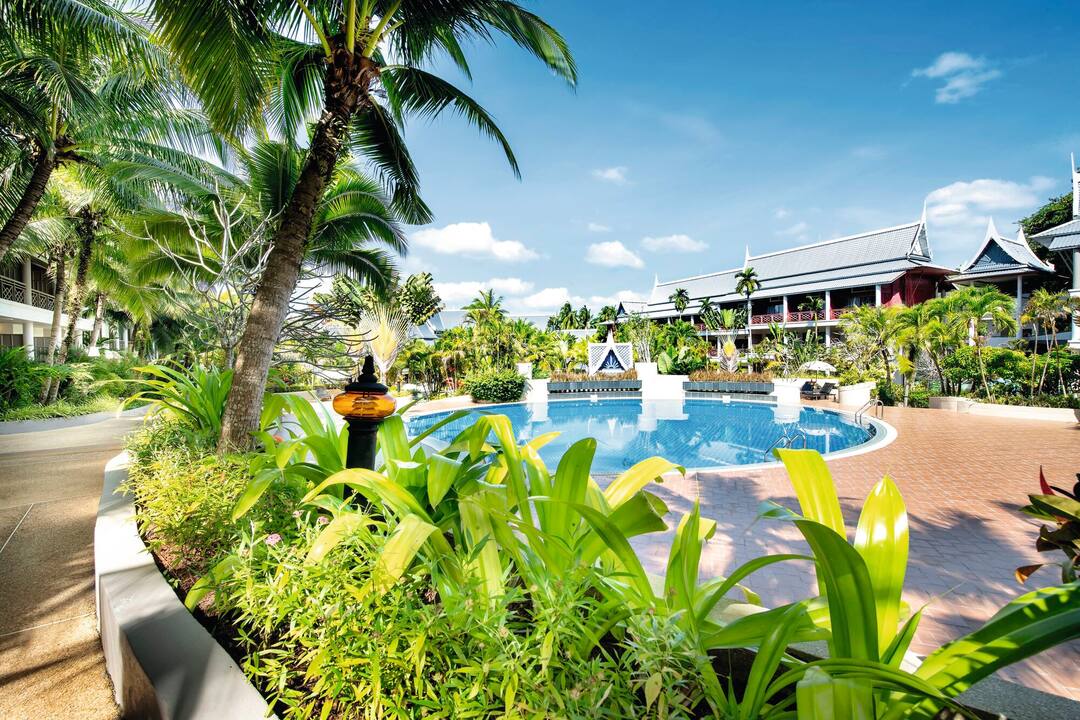;img.crop(width:1080%2Cheight:608))
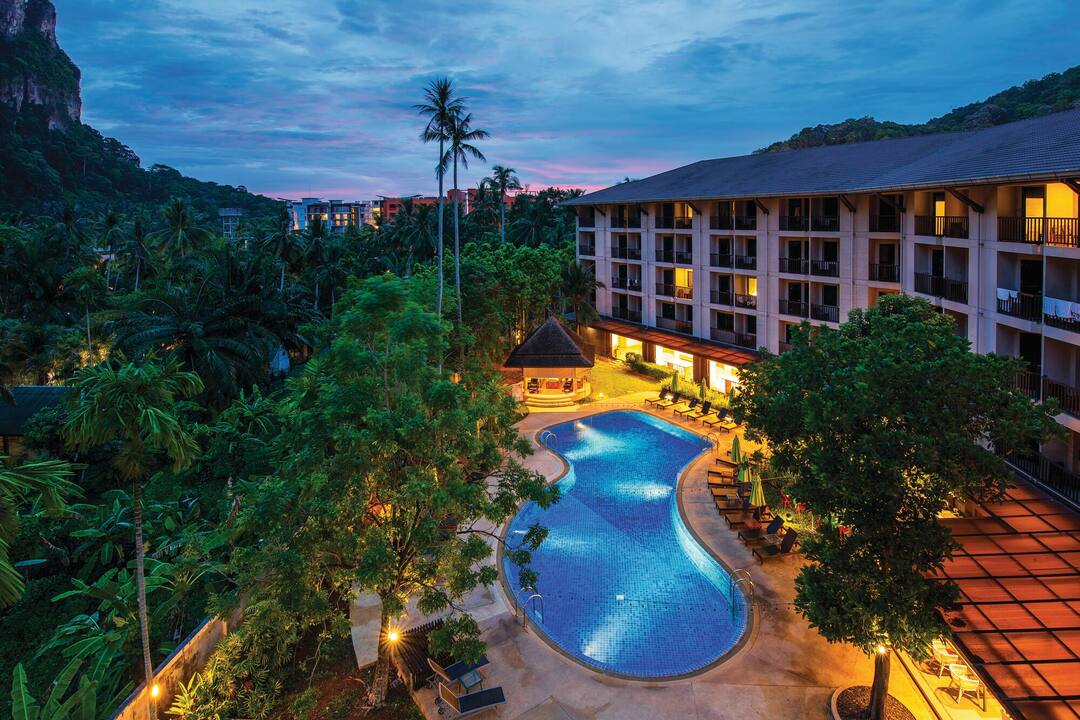;img.crop(width:1080%2Cheight:608))
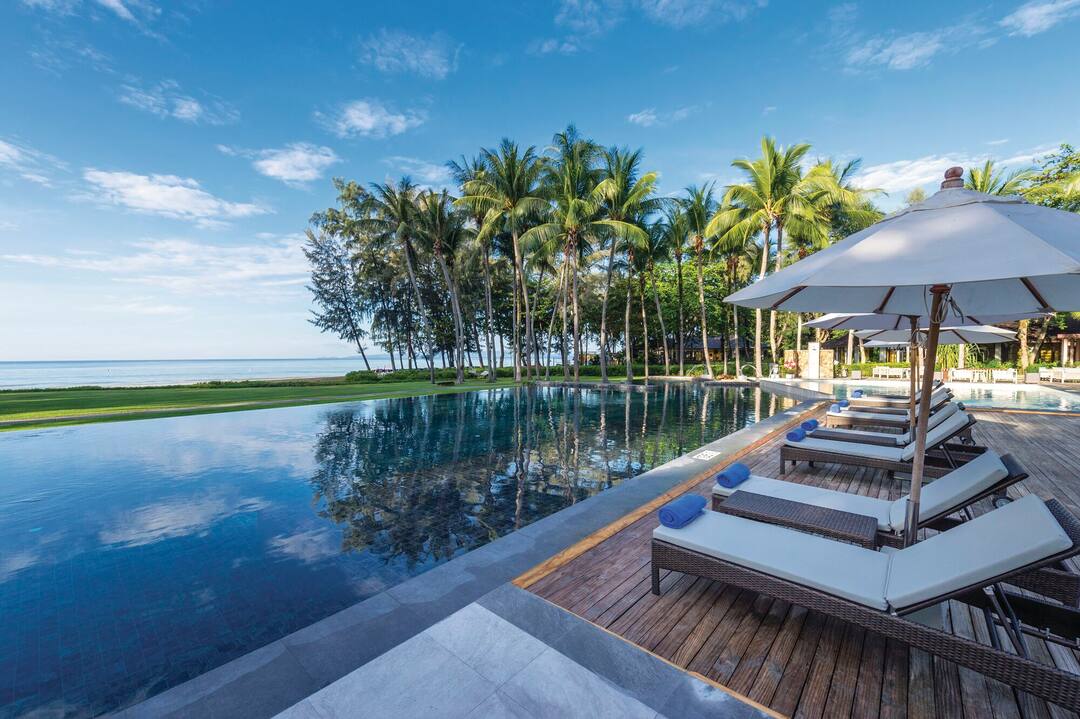;img.crop(width:1080%2Cheight:608))
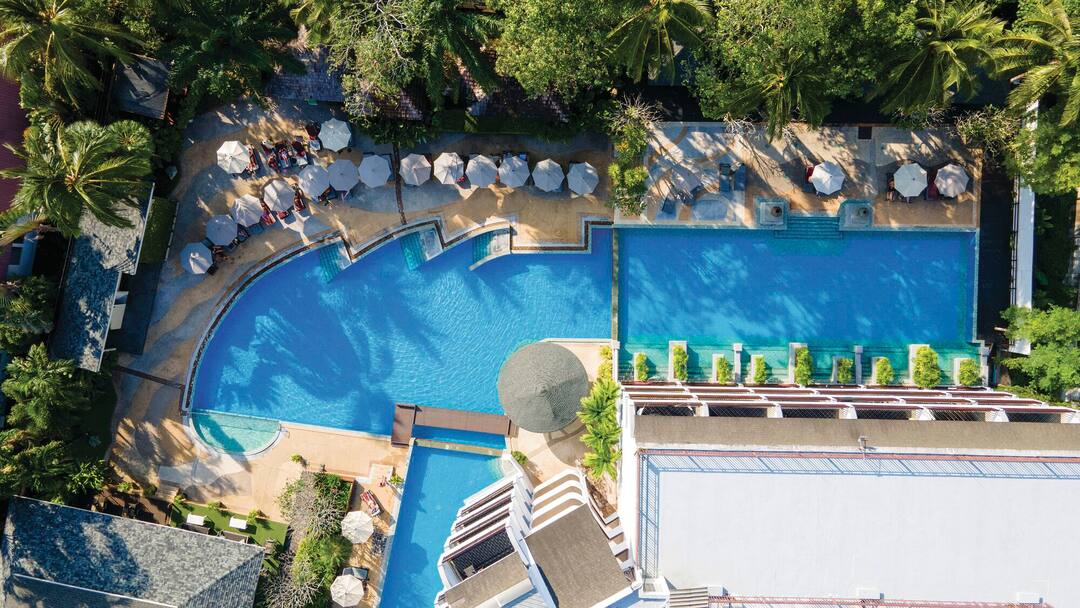;img.resize(height:608);img.crop(width:1080%2Cheight:608))
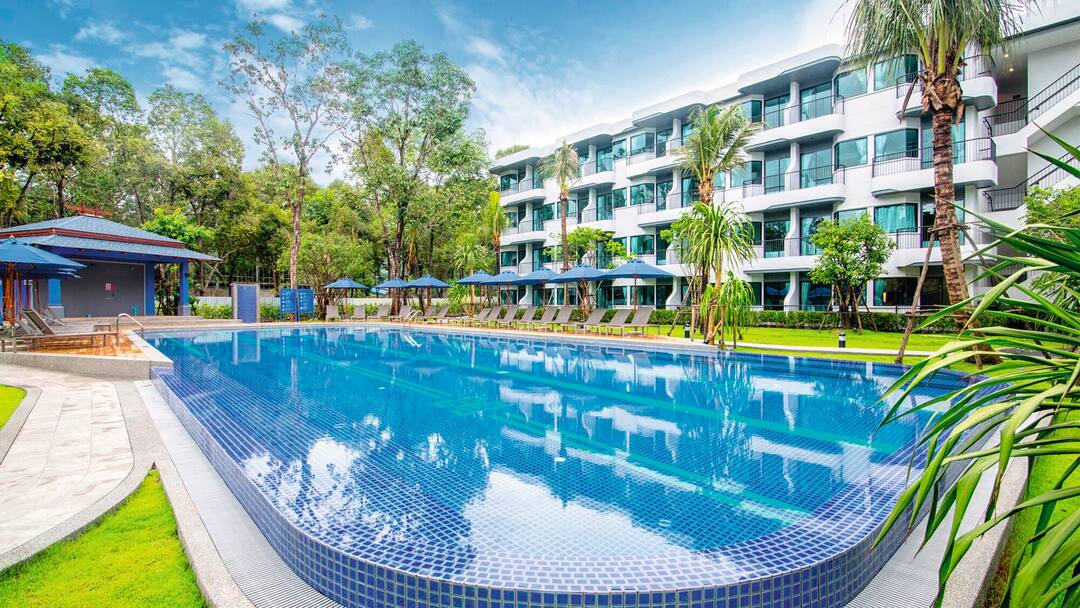;img.resize(height:608);img.crop(width:1080%2Cheight:608))
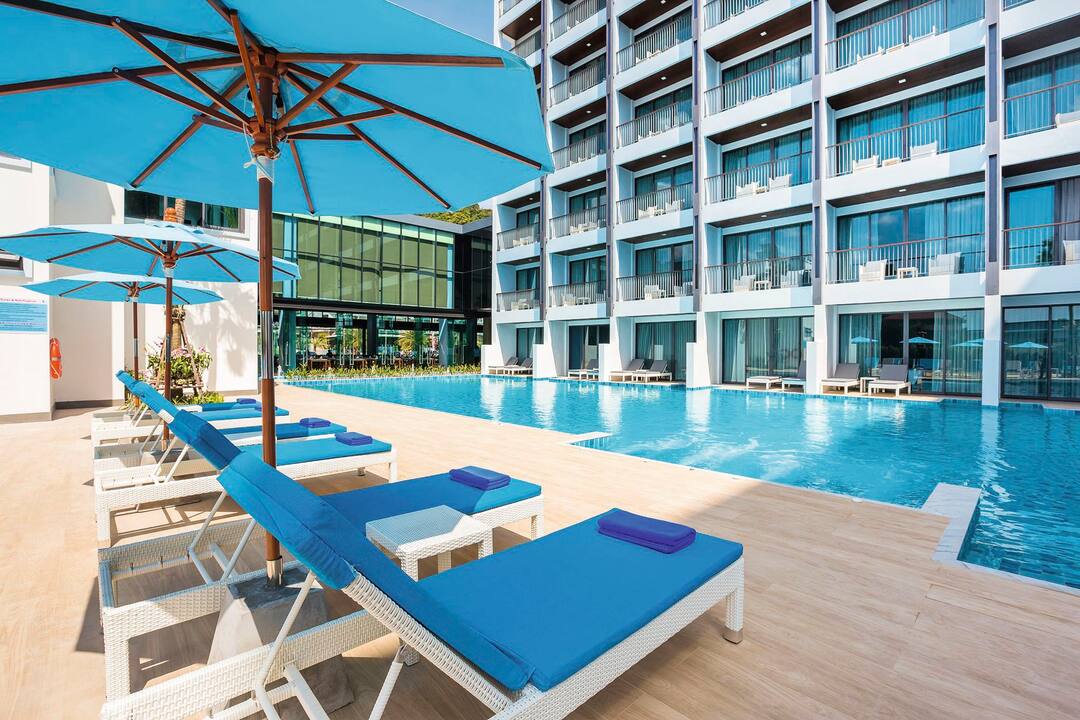;img.crop(width:1080%2Cheight:608))
